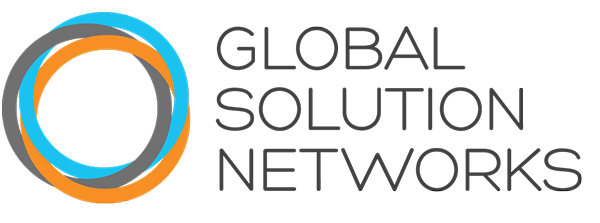Nonprofits looking to build capacities for innovative technical approaches to development face funding hurdles. Overcoming them requires more from the private sector than just funding.
The promise of harnessing today’s innovation to chart a course for development to the year 2030 is part of what makes discussions of the Sustainable Development Goals so gripping. It’s captured not only in the comprehensive vision of the goals, but in discussions of their implementation and measurements of progress. As UN Deputy Secretary-General Jan Eliasson commented last year, “SDGs are an opportunity to ‘leap-frog’ and adopt how private companies already use data and … build an architecture in which international organizations, statistics offices, governments, NGOs and private companies can cooperate.”
Connecting the deep-issue competencies of social-sector organizations with innovative technical initiatives requires overcoming some of the most significant obstacles nonprofits and NGOs face in capacity building. The nonprofit landscape is emerging from years of falling donations—the result of the global economic crisis—leaving the majority (55% of nonprofits, according to one survey) with 3 months’ operating cash or less. When short-term operating resources are scarce, the ability to invest in leadership or technology for forward-looking initiatives is badly constrained.
One way to begin improving this situation is with a greater focus on ROI: only 9% of nonprofit respondents in one survey of non-profit technology staffing and investments reported regularly or consistently measuring ROI on technology investment. This underscores that although dollar donations undoubtedly matter, their value really depends on how they are used.
That matters a great deal for how nonprofits and the private sector can collaborate to deliver sustained, long-term progress on development. Nonprofits considering private-sector partnerships tend to look first and foremost for funding and then, to a lesser degree, for access to know-how: in another survey, 95% of nonprofits gave funding as the main reason for partnering with the private sector; in contrast, only 73% in the same survey listed access to technical expertise as a reason for partnering with the private sector. But the two are inextricably linked, especially in the context of the Sustainable Development Goals. Funding is key to freeing up resources for innovative initiatives, but access to and employment of expertise are vital to maximizing the impact of those resources, especially over the long run. For an initiative set until 2030, that’s key.
See more.
This blog—and the infographic—was originally published July 22, 2015, on MasterCard Center for Inclusive Growth.
See the original.



